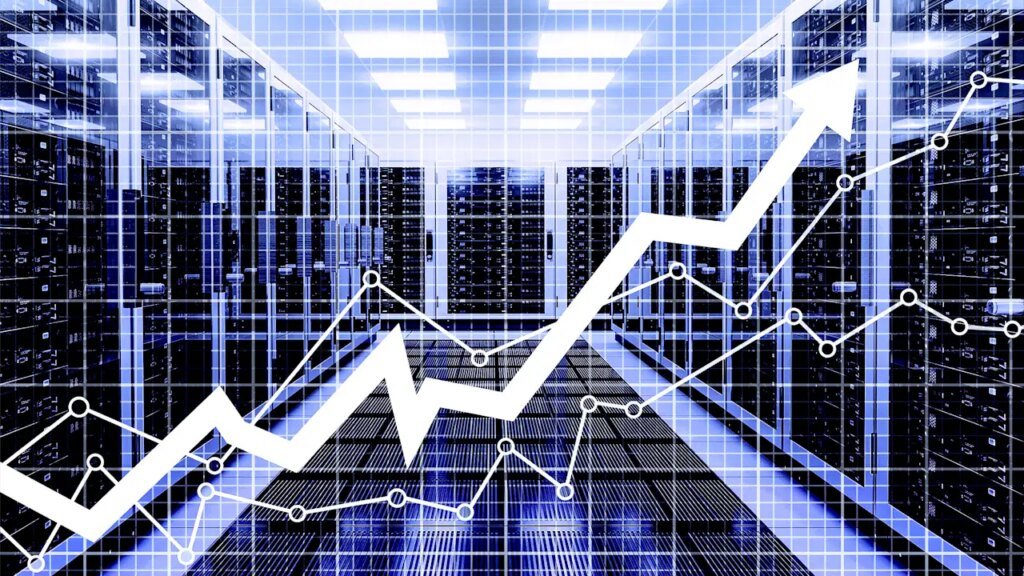Spending on AI infrastructure is now contributing more to U.S. gross domestic product (GDP) growth than the entire consumer economy, according to new data from the Bureau of Economic Analysis (BEA). The comparison, which was posted to the social platform X by economist Heather Long on Monday, suggests that hype may not be the only thing propping up the high stock prices and valuations of artificial intelligence companies such as Nvidia and OpenAI.
Here, “consumption” means consumer spending on goods and services for personal use, which traditionally contributes about 70% of U.S. gross domestic product. “AI spending” means business investment in software and information processing equipment, including data center construction, chip purchases, and computing infrastructure.
The numbers show that AI spending contributed 1.05% of total economic growth in the first half of 2025, after contributing only between .02% and .03% from 2022 through 2024—a four- to five-time growth ratio.
The bad news (for the overall economy) is that consumer spending has fallen dramatically, from contributing 2.6% of GDP growth to just 1.05% in mid-2025. The decline could stem from flagging consumer confidence as the Trump tariffs take hold and inflation fatigue and economic uncertainty continue.
Heady times for AI companies
This has all been good news for AI companies and their suppliers.
Michael Cembalest, chairman of market and investment strategy at J.P. Morgan, writes in a recent brief that since the appearance of ChatGPT in November 2022, AI-related stocks have accounted for 75% of S&P 500 returns, 80% of earnings growth, and 90% of capital spending. OpenAI is now valued at $300 billion. Anthropic is valued at $183 billion.
The “AI spending” is mainly focused on the new data centers that the AI industry says are necessary to deliver next-generation services to both businesses and consumers. Now, Cembalest says, new data center spending is eclipsing new office construction for the first time. But he also points out that new data centers are coming under increased regulatory scrutiny because of their inordinate demands on the power grid.
On the other hand, the BEA numbers suggest that the economy is increasingly dependent on one narrow segment, while a healthy economy would show broad corporate investments across sectors. That might be fine if AI infrastructure investment lasts, and if consumer confidence recovers.
But investors typically abhor prolonged capital expenditures, especially if there’s no sign of that infrastructure leading to measurable business efficiencies. And so far, the efficiencies brought by generative AI and new automation have been spotty.

